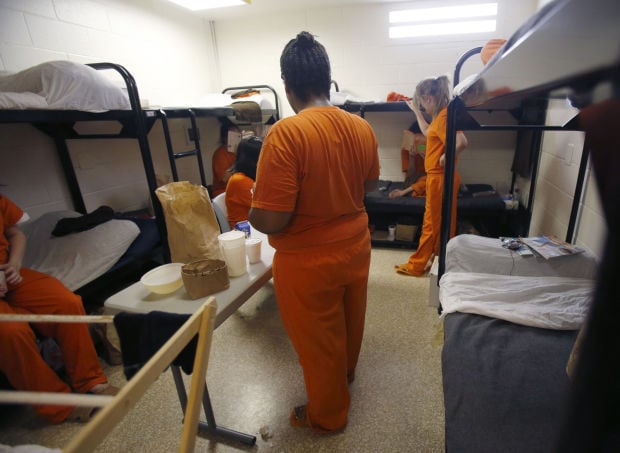Some low-risk DUI offenders will be eligible for home confinement and electronic monitoring, rather than having to spend their entire sentence in jail, under a plan the Pima County Board of Supervisors approved Tuesday.
“I think the issue of being able to keep people working so they can pay their bills and feed their kids is extremely important,” Pima County Supervisor Richard Elías said.
The rule gives judges more sentencing options that can help defendants while keeping them out of jail, said Pima County Justice Court Judge Maria L. Felix.
“It will not disrupt their lives, hopefully,” Felix said.
A big concern for judges, Felix said, is what happens to the children of defendants who face potentially lengthy jail terms for nonviolent offenses like driving under the influence.
The new option allows judges to mete out a sentence that protects the community without ruining the lives of low-level defendants, she said.
Pima County Attorney Barbara LaWall also supported the new policy, saying only misdemeanor offenders facing jail sentences longer than one day — which is what first-time offenders receive — would be eligible for the new sentencing option.
“As far as I’m concerned it serves us very well in terms of sentencing,” LaWall said, adding the defendants still would have to serve 20 percent of their sentences in jail.
She also said the offenders can be required to attend counseling or treatment to help them with problems like addiction.
While criminal-justice officials say the new policy allows for justice to be served and provides the community with necessary protections, the rule also could save taxpayers money.
The daily cost to hold a person in jail is about $85. Electronic monitoring will cost about $15 per day, officials said.
An average of 50 inmates per day are serving sentences who would be eligible for electronic monitoring and home incarceration, Justice Court officials estimate.
The annual cost of incarceration in jail for those defendants could be more than $1.5 million. The cost for those defendants on electronic monitoring would be about $273,000, officials said.
Pima County Sheriff Chris Nanos said many more low-risk offenders sitting in jail today could benefit from a similar program.
“There’s 200 of these individuals a day in jail,” Nanos said, adding those offenders would still pay their debts to the community, just not while locked up.
Additional savings could be realized because the courts can require defendants to pay all, or a portion, of the $15 daily electronic-monitoring cost.
The monitoring device is actually a two-part system.
The first is a GPS worn on the ankle that tracks a person’s movements. The second is a remote alcohol-monitoring device similar to a Breathalyzer. Nanos said sheriff’s officials also can communicate directly with the offender using the device.
The technology is more efficient for law enforcement, even more than traditional work-release programs. That’s because it lets officials track people, which doesn’t occur in work release, Nanos said.
In addition, Nanos said, offenders on work-furlough programs who serve sentences on weekends can often spend years completing their sentence.
“It’s not just about the DUI offender, or the population at the jail, or saving money — it’s about doing the right thing,” Nanos said.
Elías agreed, saying: “This is about getting smart on criminals, not getting soft on criminals.”





